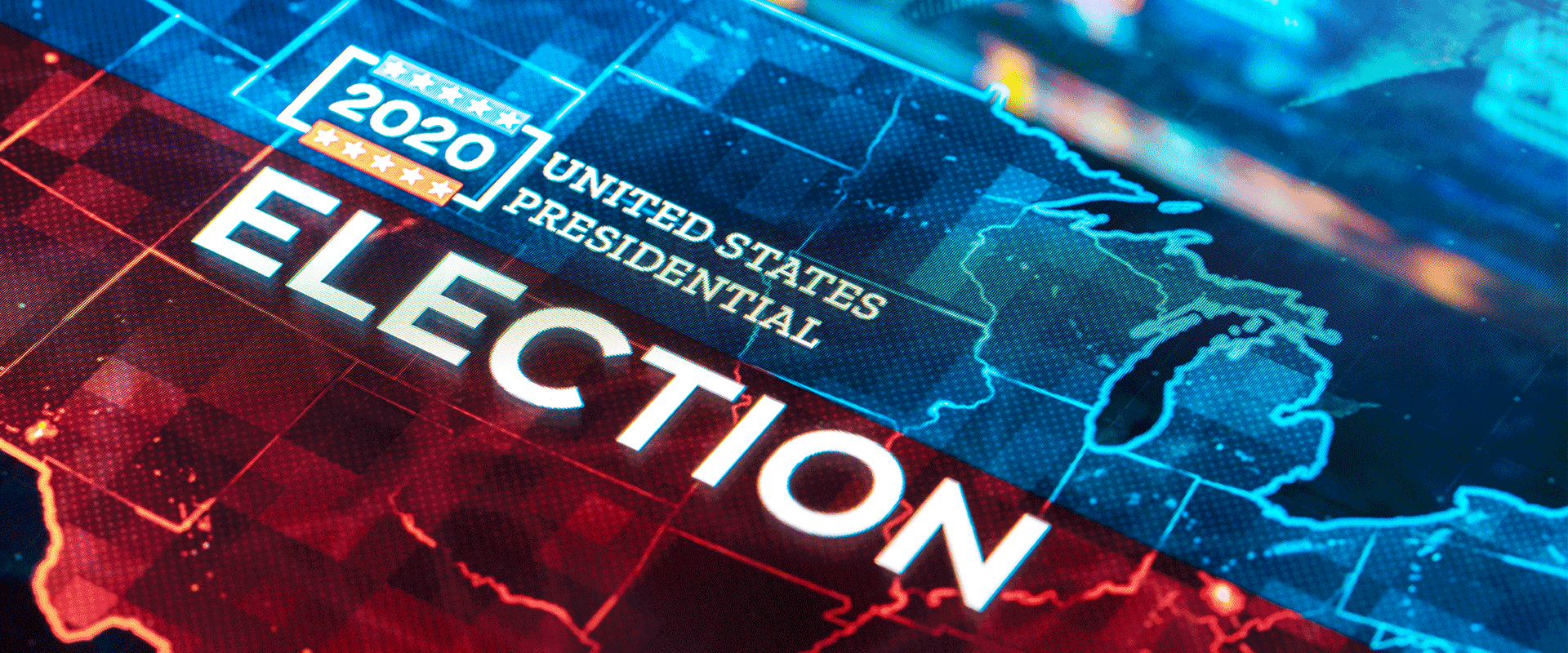
Recent analysis of how Americans go about their daily lives appears to indicate a correlation with their political preferences. Using mobility data that tracks levels of discretionary foot traffic (measured as traffic to recreational and retail locations) across the U.S., we observed a 4-5 time difference in activity levels between Republican leaning or ‘red’ states and Democrat leaning ‘blue’ states since June 2020 compared with pre-pandemic levels.
Note:
1Retail & Recreation is defined by Google as leisure establishments including restaurants, cafes, shopping centers, theme parks, museums, libraries, and movie theaters
2Red states and Blue States are defined as Solid or Likely based on Cook Political Report’s latest polling classifications on October 28, 2020
3The baseline is the median value, for the corresponding day of the week, during the 5-week period Jan 3–Feb 6, 2020
Given this observation, we analyzed population activity levels in key battleground states to see how these correlations could imply a political preference. Our research suggests that many of these states are behaving more like red states than current polls indicate.
Note:
1Mobility based on correlations of ‘Retail & Recreation’ activity of Battleground states with Blue vs. Red states
2Polling outcomes were based on FiveThirtyEight’s polling average from November 2, 2020
3Battleground states are based on Cook Political Reports latest polling classifications as Toss-ups or Lean Blue on October 28, 2020
Assigning electoral votes consistent with this mobility implied alignment would result in a near tie in this week’s U.S. presidential election.
Note:
1Battleground states are based on Cook Political Reports latest polling classifications as Toss-ups or Lean Blue on October 28, 2020
2Mobility Correlations based on ‘Retail & Recreation’ activity defined by Google as leisure establishments including restaurants, cafes, shopping centers, theme parks, museums, libraries, and movie theaters
3Polling outcomes were based on FiveThirtyEight’s polling average from November, 2nd 2020
01052022150115





